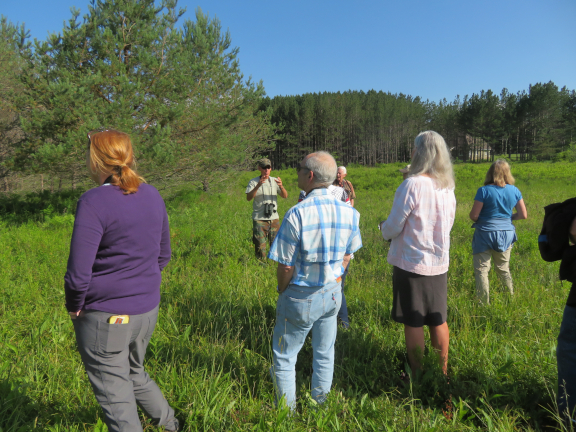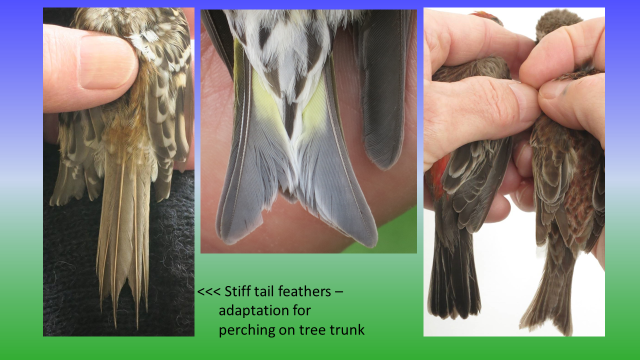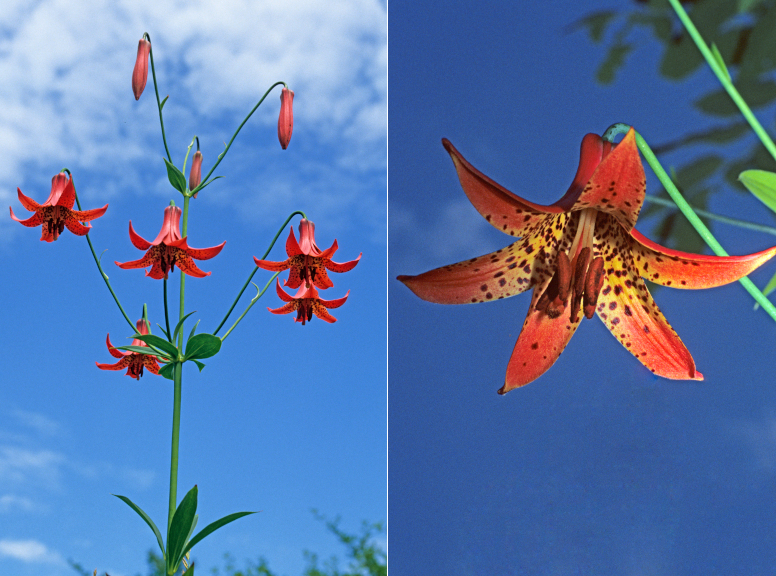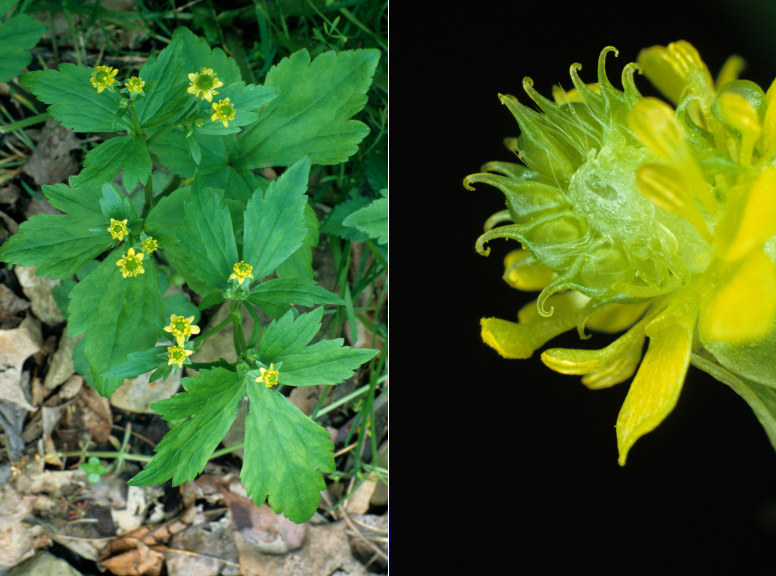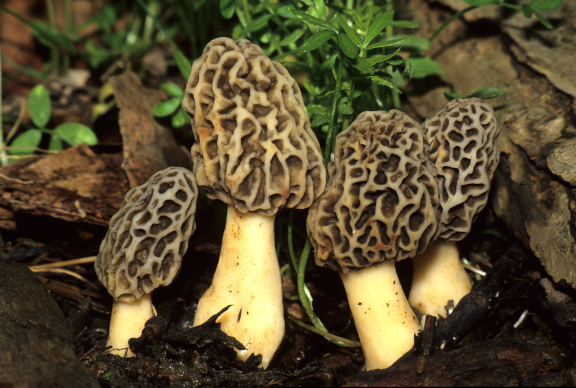Jan and I had a very busy spring/summer teaching about the wonders of Nature. After a week teaching at one of our favorite venues, we packed up and went right to Canaan Valley in the WV mountains to share time with some of the very best students of Nature. On Friday night we stayed with our friends Andy and Bruce who took great care of us at Timberline Resort. On Saturday we had a full day of teaching for the Canaan Valley Chapter of Master Naturalists of WV. From our past experience with Master Naturalists, we knew we would have a great time feeding their passion for learning about Nature.
The Birding Essentials class started early in the morning. After Jan did a short introduction, I took the group outside to demonstrate birding by ear.
Since this was the end of June, there were fewer birds singing, but that meant we could spend more time analyzing the songs of the birds we did hear. Here are a few of the birds we heard that morning. (Click on photos to enlarge, click again to make even larger. Click back button to return to blog.)

Then Jan taught about Birding Essentials in the Canaan Valley National Wildlife Refuge Visitors Center.
Identifying birds becomes easier once a person trains their brain to notice the small differences in things like the shape of the head, size and shape of the bill, angle of attachment of the bill, color of the eyes, colors around the eyes, feather patterns on the head and neck, and shape and orientation of the neck.
Birds’ tails can tell a lot about how they live, like the stiff tail feathers of woodpeckers and others that perch on the sides of tree trunks. Sometimes tails feathers help birders easily tell the difference between species which have otherwise similar sizes, shapes and colors.
Does birding give you the Blues? Sure it does!
In the afternoon I taught a Botany – Identification and Natural History class along Idleman’s Run Trail at one of the most beautiful locations in the Refuge. The trail follows part of Idelman’s Run gently uphill through an interesting variety of habitats which produce a wide variety of plants.
We had been to this same location a month and a half earlier. Now different flowers were in bloom, but the area was still a real treat with flowers both big and very, very small.
In the evening I presented a program about Mushrooms and Slime Molds at the Visitors Center. A long-time friend, Chip, owner and operator of the White Grass Ski Touring Center (https://whitegrass.com/) was at the program and we had a good time reminiscing about mushroom adventures.
Both mushrooms and slime molds come in a rainbow of colors and countless shapes. Here are a few of the mushrooms we discussed.

A WORD OF CAUTION — before anyone considers eating wild mushrooms, they should be familiar with the identification of a wide variety of mushrooms by study and experience with experts. Some mushrooms are poisonous and a few are deadly. If you are not sure, get your mushrooms from the supermarket — many are very tasty.
The Canaan Valley National Wildlife Refuge is near to so many fantastic natural areas — Canaan Valley State Park, Blackwater Falls State Park, Dolly Sods Wilderness area, Otter Creek Wilderness, Canaan Loop Road, the Canyon Rim Road/Big Run Bog area, Fernow Experimental Forest, and many remote roadways, hollows and runs. Jan and I have been fortunate to be able to explore much of this area. It is a great location to see and hear Appalachian Nature at its finest. But, throughout the scores of Nature classes, tours, and workshops I have taught in this area since 1977, the best part for me has been the thousands of people we have met who share our love of Nature and passion for learning about it. They’re the best!
